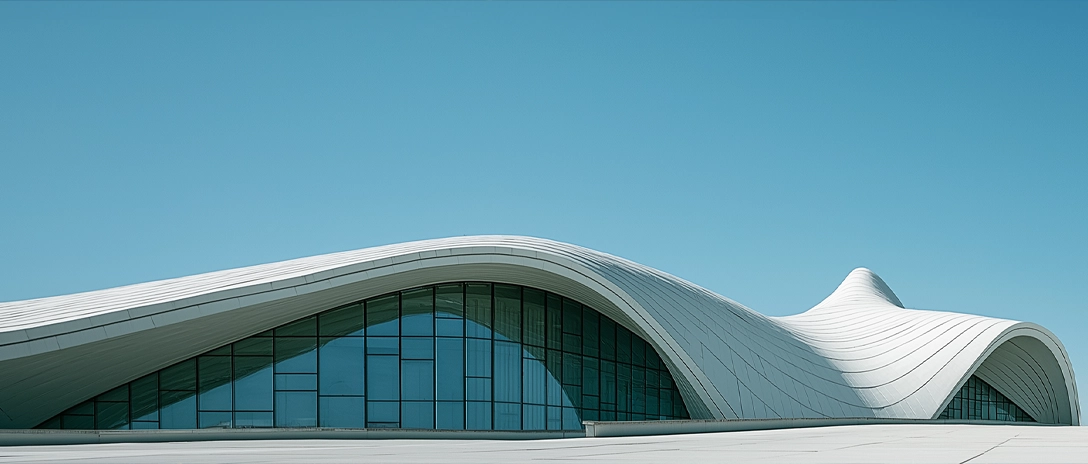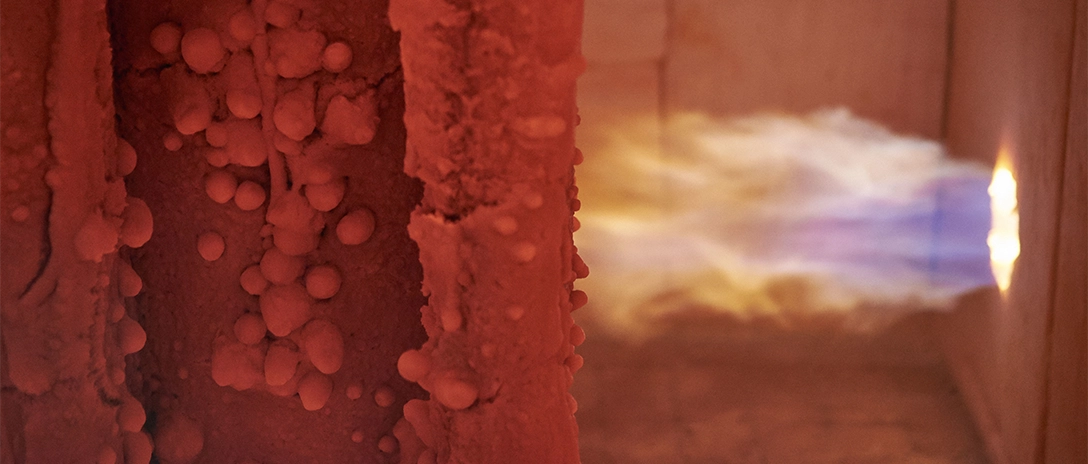The advantages of intumescent coatings in protecting structural steel from corrosion and fire
Safeguarding the structure
When the temperature of steel approaches 400 - 550˚C, its strength and stiffness significantly reduces and this can have a devastating impact on a building that relies on steel for its structural stability. The main role of passive fire protection is to insulate the structural steel from heat and to prevent it – for a specified period of time – from reaching the Critical Core Temperature where the strength of the steel element will not be sufficient to support the load. Achieving this will effectively “buy time” for emergency services to attend; for safe evacuation of the building; and for fire-fighters to extinguish the fire. In short, these passive protection measures will minimise damage, reduce losses and potentially save lives.
For cellulosic fires, structural steel members may be insulated by using fire protection materials such as boards, inorganic sprays and intumescent coatings. Each type of solution has its “pros and cons” depending on the nature of the project but all of them are tested and certified against a range of international standards which differ depending on the individual country. Standards used, for example, include UL 263 for the USA, EN 13381-8 for Europe and BS-476 21/22 for UK and British related countries.
To meet these standards, the steel usually needs to retain around 50 per cent of its structural strength (depending on the standard) for the specified length of time under standardised cellulosic fire conditions.
Intumescent coatings are very widely used as passive fire protection for structural steel due to a range of advantages which include:
- Good aesthetic finish and adaptability to the shape of steel, this enables the steel to be exposed as well as protected.
- Ease of application, this reduces the application time and associated cost as well as the likelihood of defects.
- Coatings are applied as a compatible system of primer+intumescent+topcoat, all them tested together for fire and corrosion protection.
- Mechanical strength to avoid impact damage.
- Flexible to adjust to structural movements such as vibrations, expansion and contraction caused by temperature differences and load changes.
Protecting the steel from corrosion and fire
Passive fire protection intumescent coatings must protect against fire, but they must also protect the steel against corrosion in a range of environments. For this to be effective, it is important that the PFP coating system is made up of compatible and tested primers and topcoat sealers.
The PFP system will include the following layers, each of them important: the primer to protect against corrosion of the steel but also to enable the adhesion of the char in a fire scenario;
the intumescent to deliver the char with thermal insulation for the specified fire duration times;
the topcoat sealer to give the decorative finish and colour and to protect the steel from corrosion and the intumescent layer from weathering.
In more aggressive corrosive environments the coating system will be specified for higher thicknesses of primer and topcoat and the chemistries of the products used will differ. Intumescent paints usually fall within three main blocks of chemistries which define their suitability.
-
1K water-borne products1K water-borne products (usually acrylic) provide very good thermal insulation efficiency versus thickness applied. But as they are very sensitive to water, most intumescent manufacturers do not recommend their use in exterior or above C3 conditions.
-
1K solvent-borne products1K solvent-borne products (also usually acrylic) can provide very good thermal insulation efficiency by thickness applied, and their chemistry allows their use in exterior more demanding corrosive environments up to C4. They tend to be easy to apply, fast drying and give excellent aesthetic results.
-
Multi-component productsMulti-component products (epoxy or other hybrid technologies) have been introduced in recent years and can provide corrosion resistance in C5 environments. Whilst they exhibit fast drying times, they tend to be more complex to apply and require higher DFTs using special equipment, trained crews.
Hempafire Pro 315 delivers a higher thermal efficiency per applied thickness than most similar products and so can give the specified fire protection with thinner DFTs, thus reducing the amount of paint used to between 4% to 20% of similar products in the market. This reduces application cost and drying times, as the thinner PFP layers dry faster and can be applied in fewer coats. This means that the steel can be handled or overcoated much sooner and efficiency is optimised.
Explore more Technical Articles
Key considerations in intumescent coating system selection
The advantages of intumescent coatings in protecting structural steel from corrosion and fire
The importance of compatible and approved primers and topcoats to fire performance in intumescent coating systems


